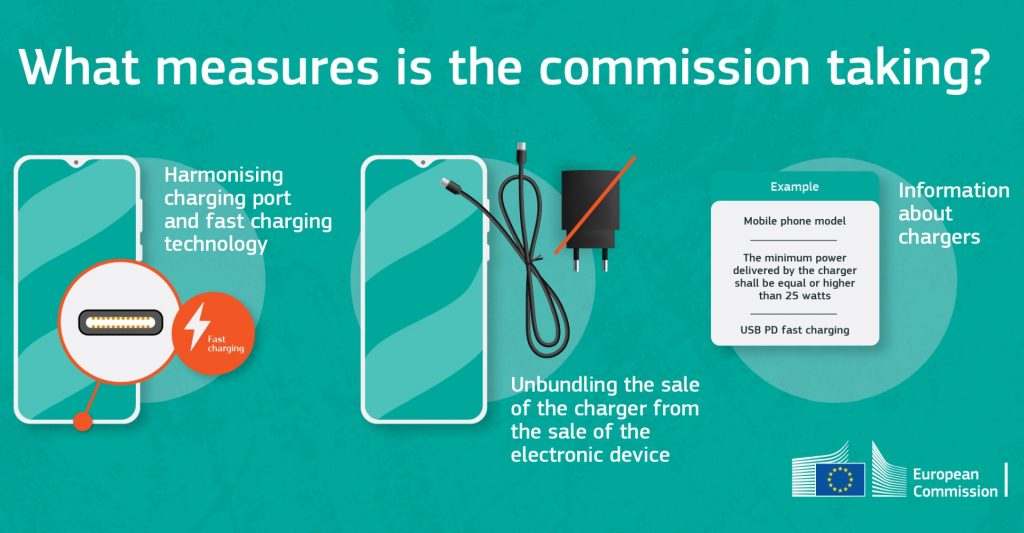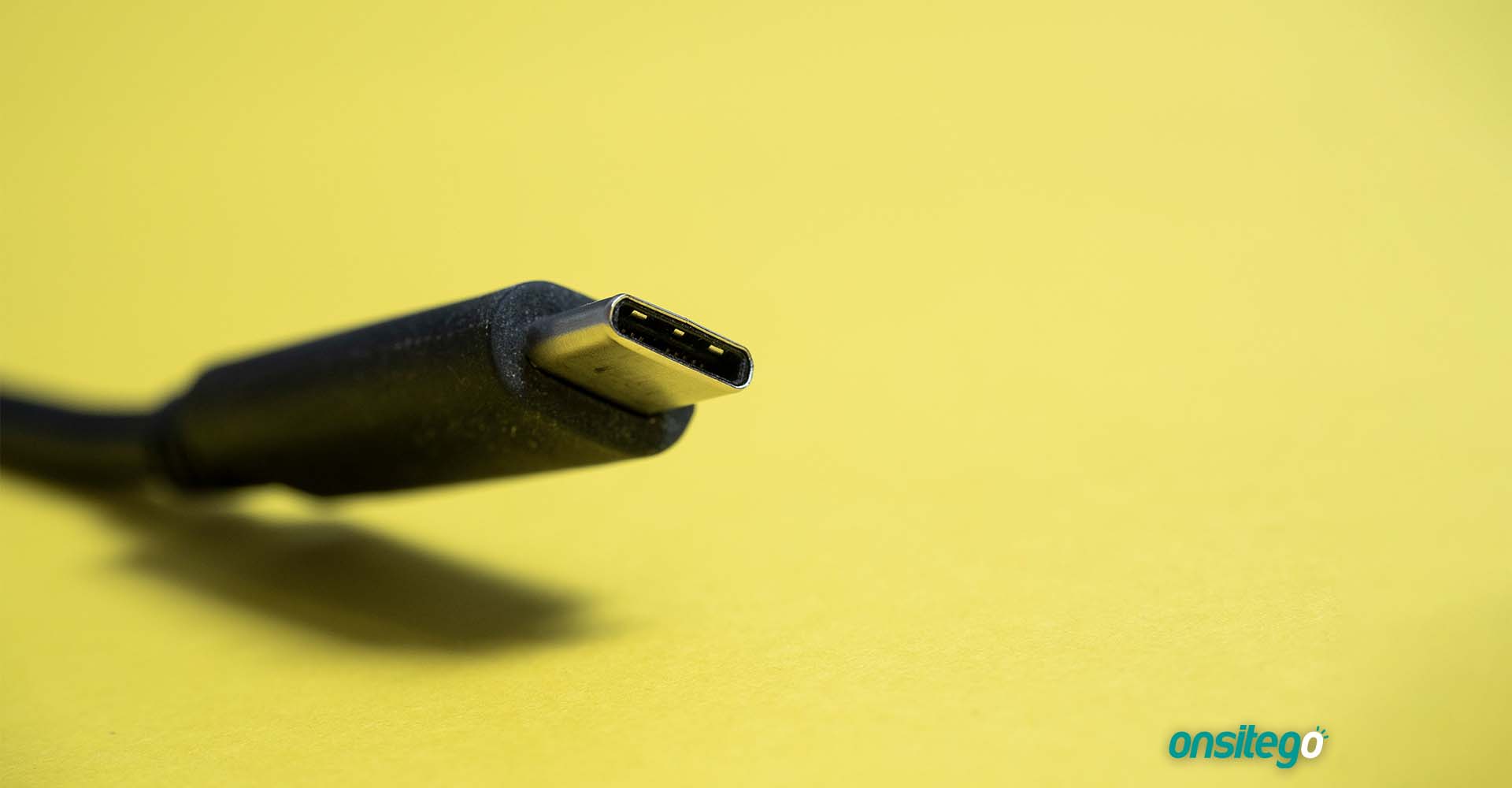Last Updated on September 24, 2021 by Asif Iqbal Shaik
In an effort to address the growing concern of electronic waste, the EU (European Union) has put forth a plan to establish a common charging standard across all smartphone brands. Under the newly proposed legislation, USB Type-C has been chosen as a unified standard. The EU’s executive branch also has plans to standardise fast-charging technology, which sounds like a great plan. To get a better idea, let’s take a look at the nitty-gritties of this proposal.
European Commission’s Common Charging Proposal With USB Type-C Standard, Fast Charging Requirements
Subscribe to Onsitego
Get the latest technology news, reviews, and opinions on tech products right into your inboxAs per the EU panel’s findings, an average consumer in Europe owns three mobile phone chargers. Yet, about 38% of folks reported incompatibility issues with their existing chargers. As a result, Europeans end up shelling out a total of €2.4 billion on chargers and cables. That’s more than the GDP of African country Eritrea. Looking at these statistics, you can tell that the tech brands are laughing their way to the bank. On the other hand, environmentalists are concerned over 11,000 tonnes of chargers end up in a landfill every year.
EU’s solution is to make brands stick to the USB-C port for charging. The implications of this move will be unprecedented. Imagine, juicing up your iPhone with a Samsung charger. If EU’s plan goes into effect, all the smartphone brands, including Apple which is the only major brand using a non-USB Type-C port on its phones, will be forced to switch to the USB Type-C port for charging. It means that all the iPhones worldwide will switch to a USB Type-C port.

The EU officials are also not happy with the way brands make their fast-charging technology incompatible with aftermarket chargers. As per the panel’s recommendation, a different brand’s charger should support your phone’s charging speed as long as it meets the technical requirement
The proposal also extends to other gadgets such as tablets, cameras, headphones, portable speakers, and handheld gaming consoles.
Way Forward For EU’s Common Charging Solution
For this proposal to come into effect, it first needs to be “adopted by the European Parliament and the Council by the ordinary legislative procedure.” If things go according to plan, the European Commission will provide brands with a 24-month window to comply with the new rules.
European Commission’s crusade against the horde of various charging standards dates back to 2009. So far, it has effectively reduced the charging standards from 30 to just three. To achieve full compatibility among chargers, the EU is planning to review the other end of the cable for uniformity later this year.


Discussion about this post